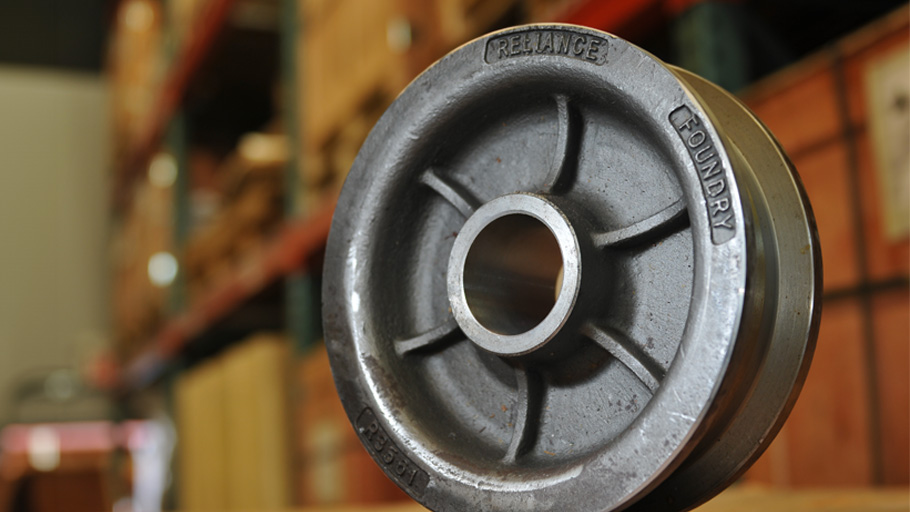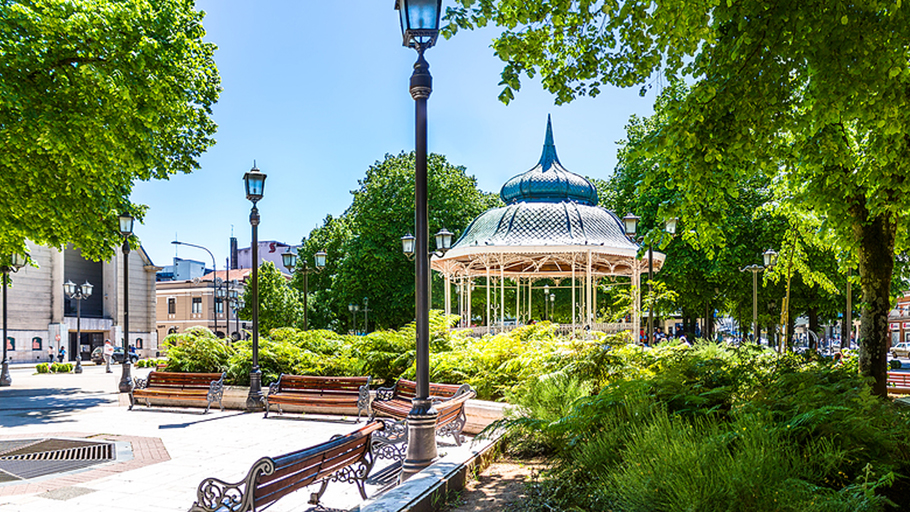Bollards create perimeter security that matches site’s historic architecture
When designers at Beta Inc. were hired to oversee the layout and installation of security bollards outside Boston’s famous Fenway Park, they knew maintaining the site’s historic feel was paramount. Fenway Park is the oldest park in use in Major League Baseball and still boasts much of the original “Tapestry Brick” architecture that was popular when it was built in 1912. Though Beta’s primary mission was to provide anti-ram protection in areas where large numbers of pedestrians converge, designers knew leaving steel pipe bollards unadorned would detract from the traditional design of the historic ballpark. Fenway required classic design in materials genuine to the period in which the park was constructed.
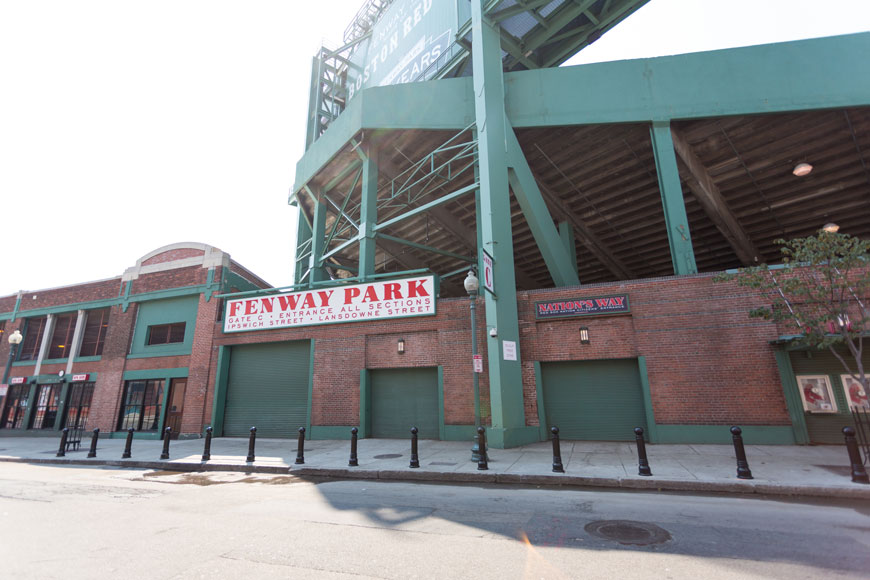
The designers found the solution in a bollard with classic design. Composed of ductile iron and featuring a spherical cap and fluted body, this model coincides with early 20th century architectural motifs, including Baroque, Colonial, Edwardian, and Victorian styles and their contemporaries. This flexibility arises out of the history of bollards. In the 1700s, it became popular to bury spent cannons as bollards on city streets, and their distinctive shape inspired the production of smaller cast bollards. The evolution of bollard styles developed alongside architectural styles over the following two centuries.
Unlike traditional cannon or maritime bollards, however, there are a wide range of installation styles for modern bollards, making them more adaptive to modern streetscapes. In the case of Fenway Park, the three-foot-tall cast iron bollards were slipped over, and attached to, steel and concrete security pipe.
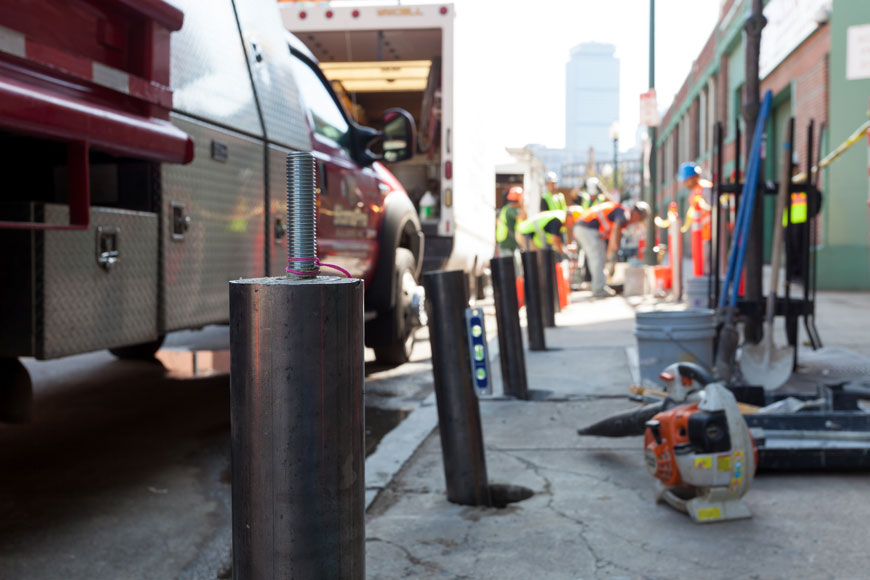
A bollard installation timeline
Installation of bollards at Fenway Park took place throughout the week of August 19, 2013. The bollards were installed along Lansdowne Road, outside Gate C of the ballpark. A local construction company, Lanzillo and Sons, did the installation, and the process was overseen by Thomas Barriers of Framingham, MA.
When installing security bollards, ones that will be able to stop a vehicle driving at speed, it is important to set a deep and solid footing that can absorb and distribute the impact. This depth is determined by the soil profile at the site and the size of the slab in which the bollard will rest. To provide the necessary level of impact-resistance, a security bollard will generally have to be set in a hole that reaches down to the site’s frost line, though installation in a wider slab of concrete may offset some of the required depth.
Massachusetts is subject to colder winters and the frost line varies, from site to site, but it is usually found between three and four feet below the surface. After checking to make sure no utility pipes or conduits would be affected, the construction team bored holes in the substrate to the frost line.
When setting security pipe, generally a crew places hollow posts into the excavated hole and then fills both pipe and hole with concrete. If decorative metal bollards are to cover the steel-and-concrete, threaded rods can be set into the top of the concrete in the pipe. When the concrete sets, this rod will be used to hold the decorative cover.
At Fenway Park, the crew pre-filled the steel pipe bollards, which means they came already prepared, and the careful work of centering the rods and curing the concrete did not need to be done onsite. Filling the security bollards with concrete in a separate step before installation adds an offsite step and means it’s a heavier post to manage, but it does not change the level of impact-resistance and saves time and stress in the field.
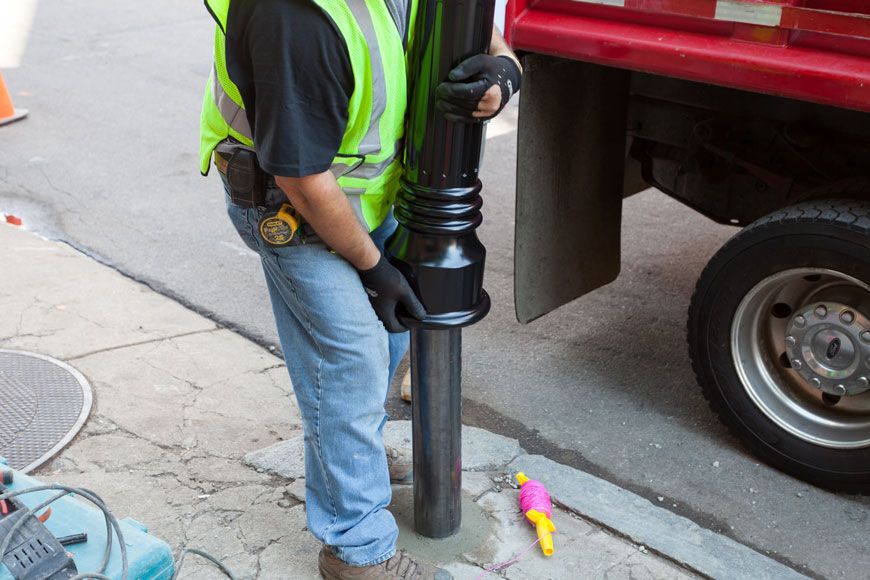
When the Fenway Park security bollards went in, prefilled, they only needed to be plumbed and have concrete poured around them. The concrete was given time to set and then got their ductile iron covers. The cure time of concrete is important to the impact resistance of security bollards: if the concrete is wet, placing a heavy cast iron sleeve over top can jar the pipe and make its footing less effective. In general a minimum of 24 hours should pass between concrete and fitting the covers, but humidity and other environmental factors might delay installation. Fortunately, a sunny summer’s day in Boston did not make a delay necessary.
To install the decorative bollards, workers lowered a cast iron cover over each of the security posts. The threaded rod poked through the open top of the bollard body, and the team placed a large washer over each rod. These washers are almost the same diameter as the bollard: they rest like a seal between bollard cap and body. Each bollard cover was secured with a 1″ nut. Once the nut was tight, the bollard body couldn’t move.
The installation was completed when workers attached a spherical cap to each bollard, using three stainless steel anti-theft set screws to completely cover the inner mounting hardware.
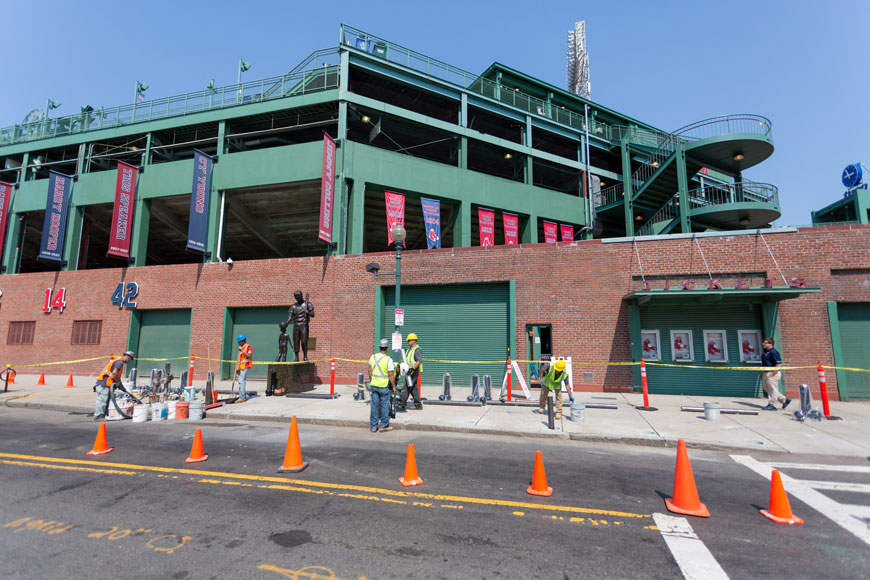
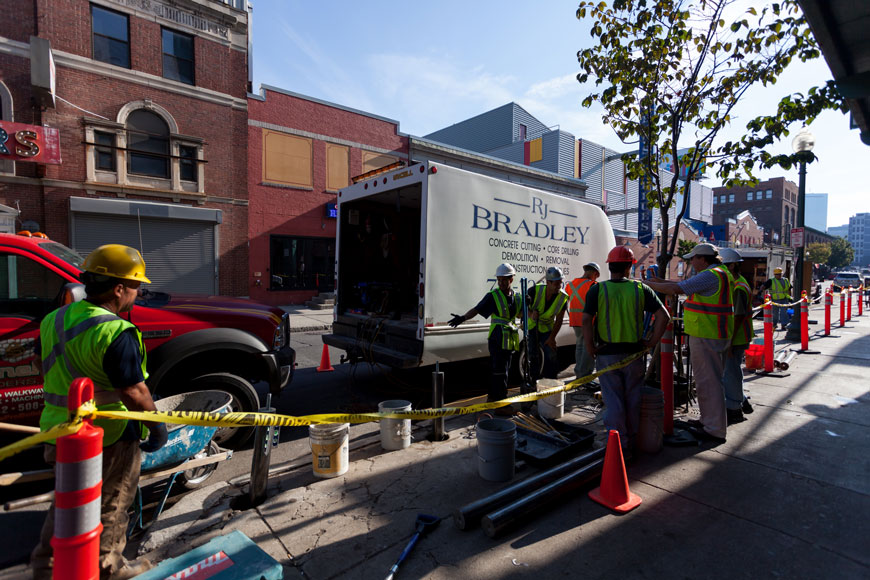
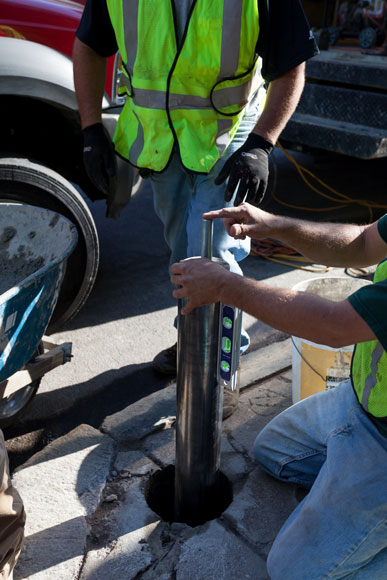
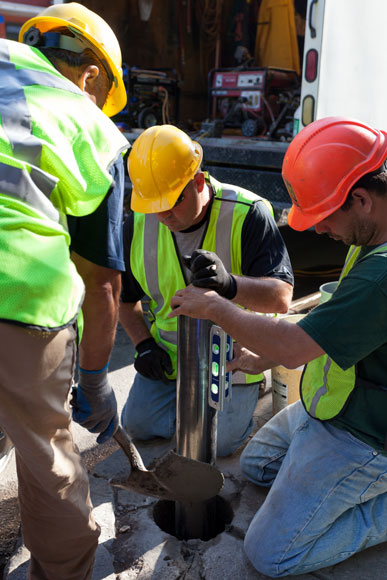
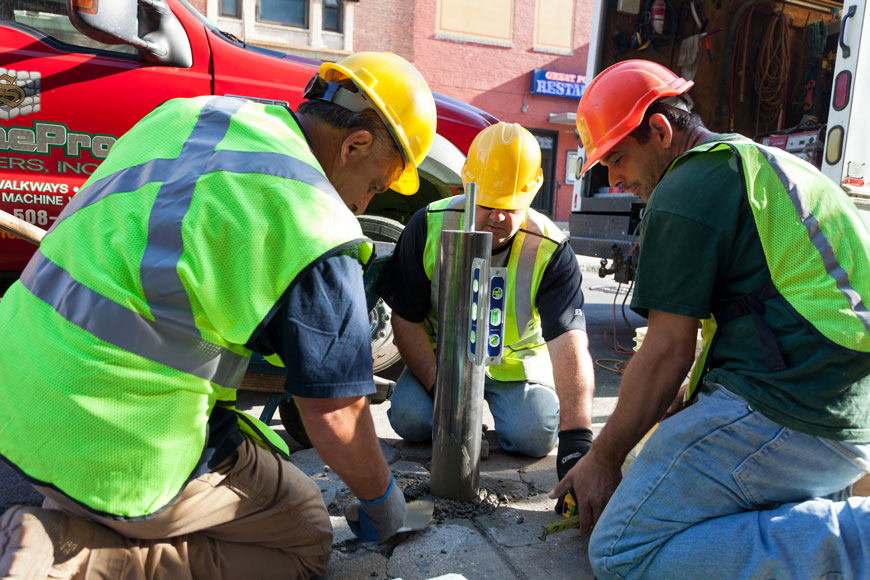
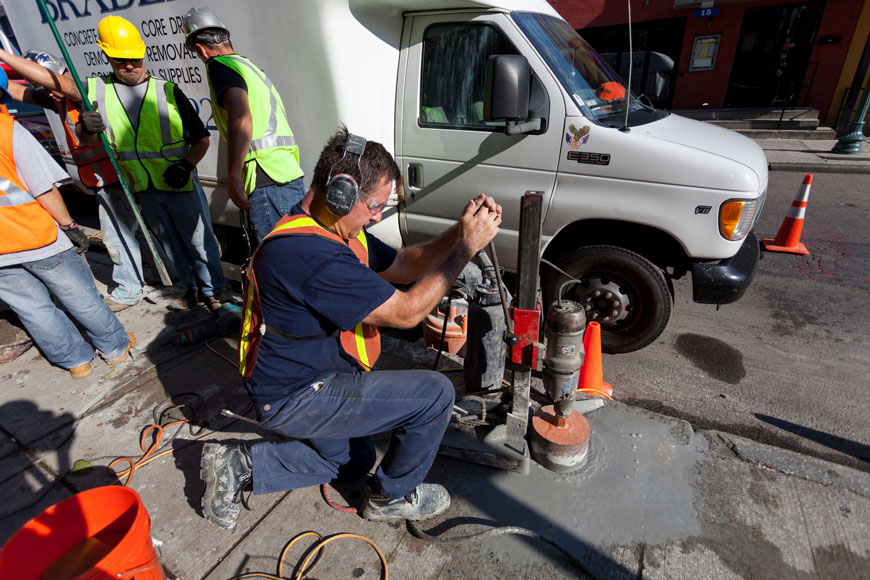

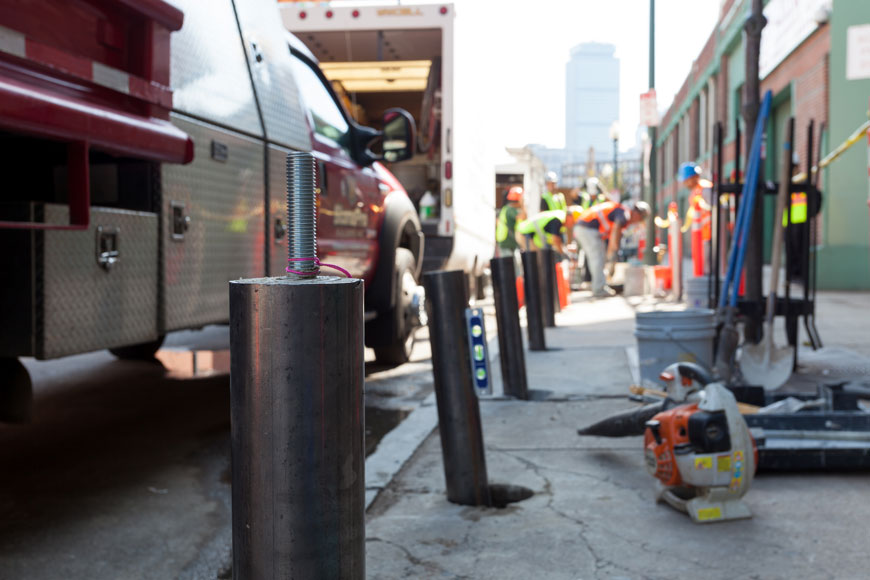
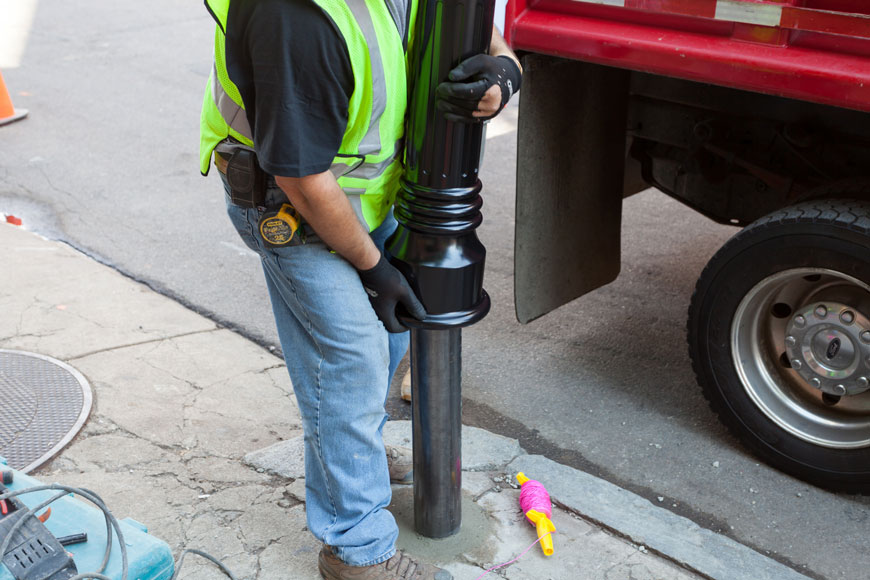
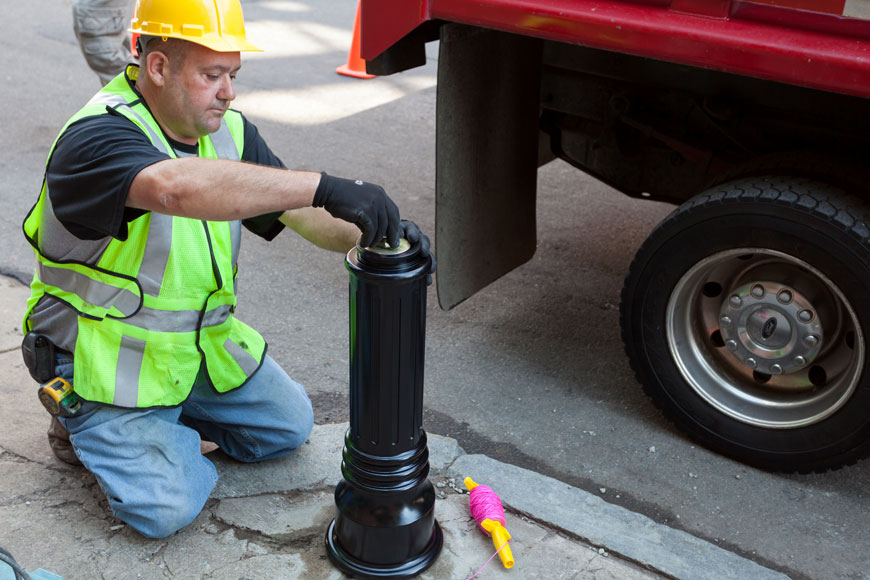
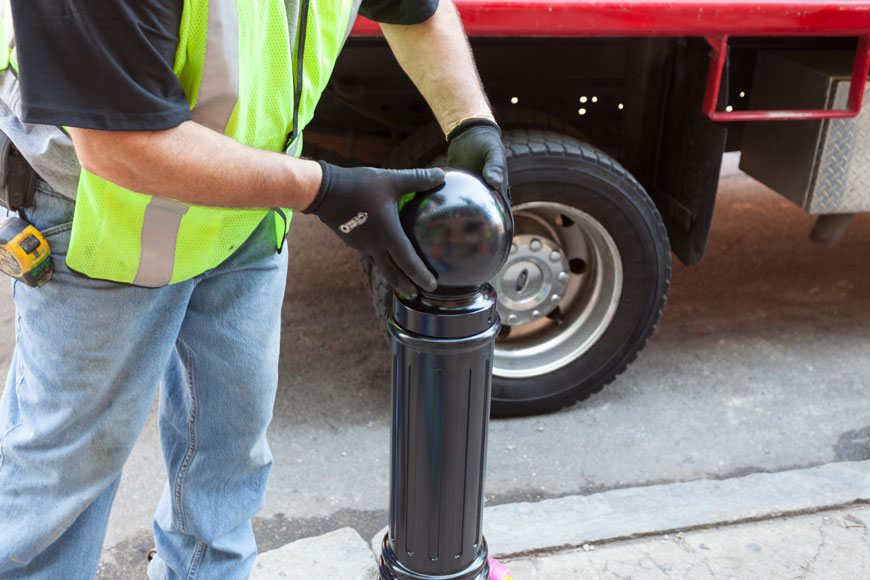
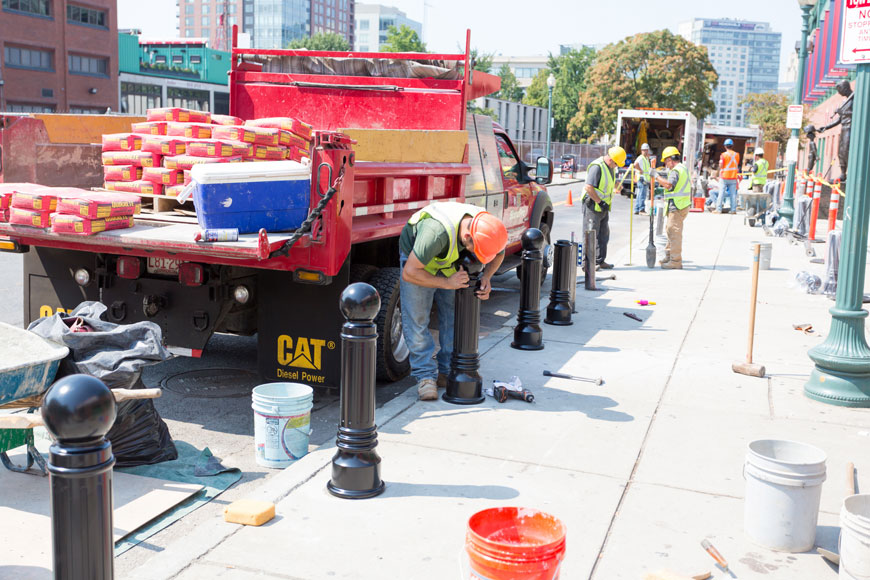
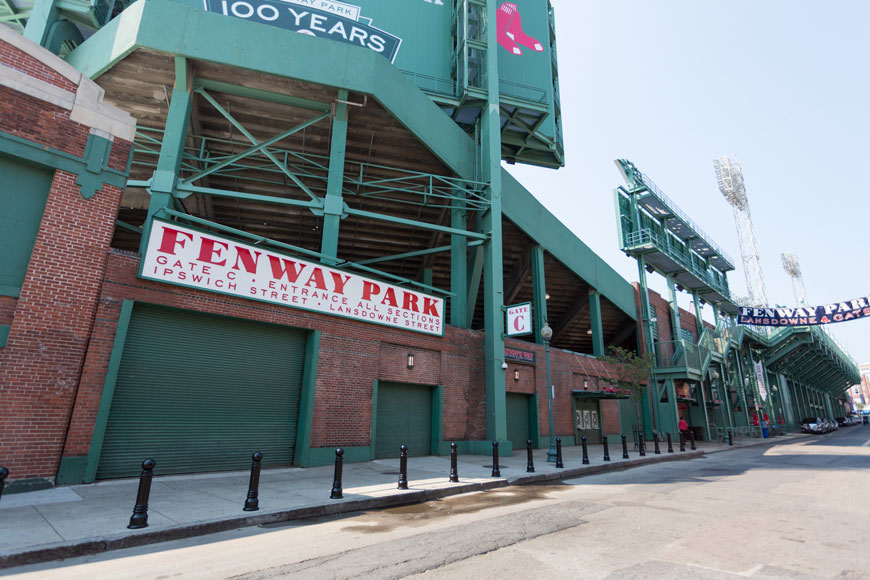
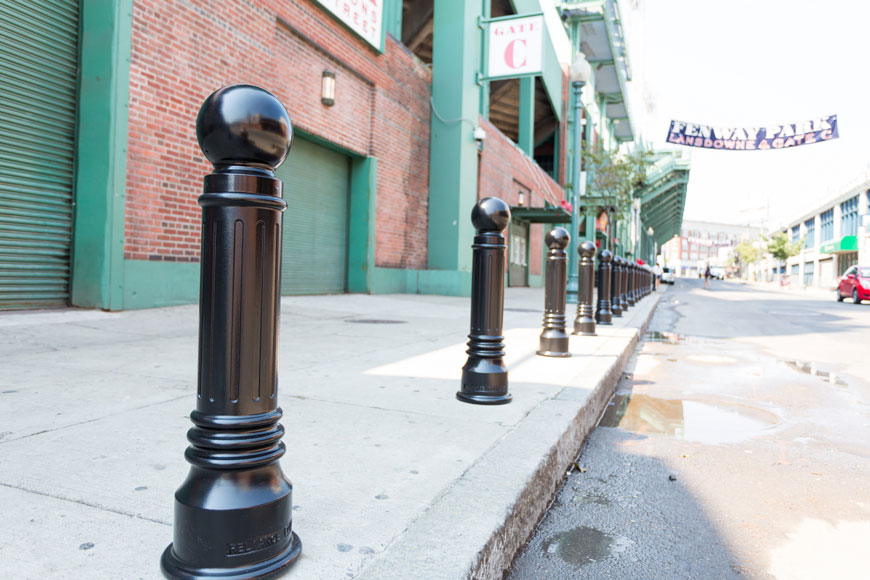
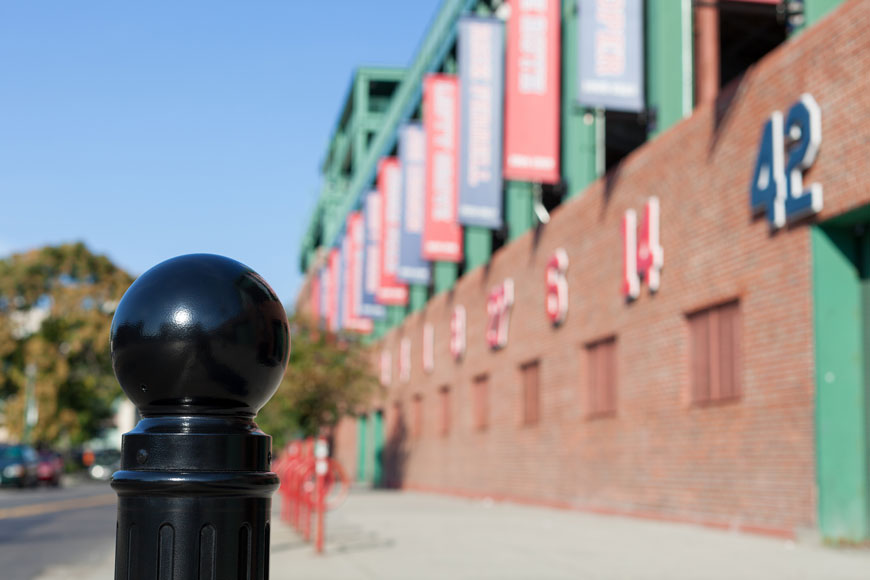
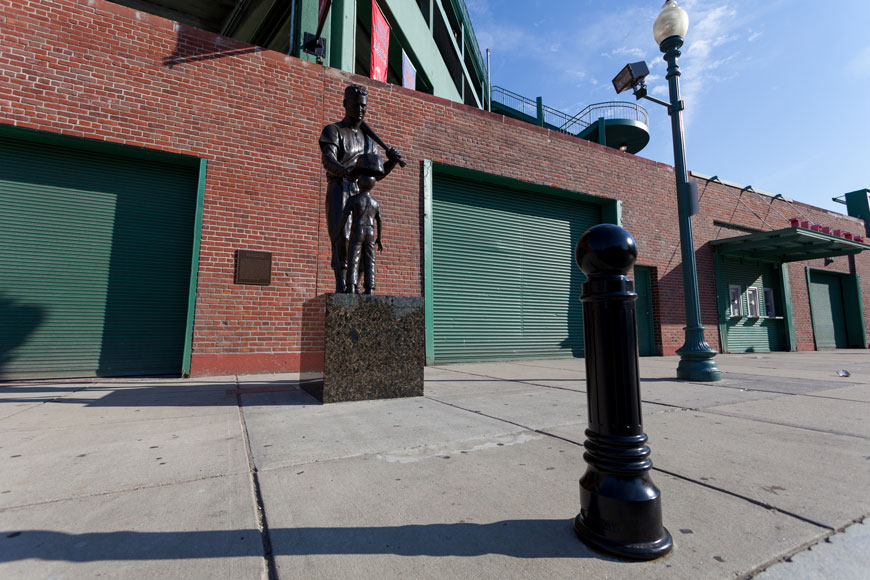
A successful bollard installation
In all, 55 steel pipe bollard and bollard covers were installed outside Fenway Park, providing perimeter security fully integrated into the site’s historic architecture. The installation was completed quickly. The president of Thomas Barriers, Elaine Grilli, provided oversight to the project. She concluded “The bollards look just as great as we hoped they would…our experience with Reliance Foundry was totally positive and the product quality is excellent.”
Taking time to understand both the functional and aesthetic requirements of a site’s perimeter will pay dividends. Aesthetics are important for perimeters to feel like part of a location rather than an implicit warning. Architecture on-site might dictate something historic and ornate, sleek and modern, or high-visibility. Bollards also take non-security roles, since they act as visual guides to traffic and area delimiters. With different mounting options, bollards can offer variable access, or be a permanent barrier. When bollards are chosen that work for a site, they add to curb appeal and to the overall feeling of safety and good management of the area.


